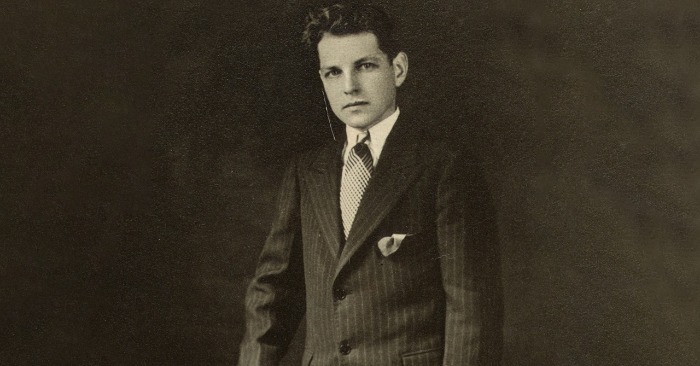


That patient was a young boy named Leonard Thompson — and his story became a turning point in the fight against diabetes. Leonard was born in the summer of 1908 and lived a typical childhood. His family wasn’t wealthy, but they were caring and devoted. Everything seemed normal until, at age 11, Leonard began experiencing health issues — including night-time incontinence.
His worried mother took him to various doctors, but it took time before anyone could pinpoint the cause. Eventually, Leonard was diagnosed with type 1 diabetes, which, at that time, was considered a
death sentence for children.

Treatment options were severely limited. Doctors placed him on an extremely restrictive diet in hopes of slowing the disease’s progression. While most children with diabetes in that era survived only months, Leonard managed to live for over two years on the starvation-level diet. But by late 1921, his condition took a sharp turn for the worse. He became dangerously underweight and slipped into a diabetic coma. His parents had nearly lost all hope.
Meanwhile, in Toronto, a young surgeon and researcher named Frederick Banting was deep into studying the pancreas and the cause of diabetes. With help from medical student Charles Best, Banting discovered that the pancreas produces a hormone — insulin — which helps regulate blood sugar. The two began testing insulin extracted from animals, first on dogs, then on themselves. The results were promising: blood sugar levels dropped significantly.
Still, the insulin they had was crude and impure. When Leonard’s family agreed to let their son be the first human to receive the experimental treatment, it was a desperate gamble. On January 11, 1922, Leonard was given the first injection. His blood sugar dropped by about 25%, but the injection site became inflamed — a clear sign that the substance wasn’t pure enough.
Biochemist James Collip stepped in and worked tirelessly to refine the insulin extract.
Just twelve days later, Leonard received a second dose — and then a third shortly after. This time, the results were astonishing: within a day, his blood glucose levels had dropped by over 75%. Leonard began to recover, and for the first time, there was real hope for diabetes patients.

At the time, insulin wasn’t mass-produced, so Leonard and others received doses as the researchers managed to extract them. But that changed quickly. Banting, Best, and Collip sold the patent to the University of Toronto, which helped scale up production.
By the end of 1922, insulin was being manufactured on a larger scale, and countless lives were being saved.
Leonard lived for another 14 years after that historic injection. He passed away at the age of 26 from pneumonia — a common and deadly illness before the age of antibiotics. An autopsy confirmed that his overall health had been stable, and that he had lived a relatively normal life thanks to insulin.
Almost a year after Leonard’s first injection, Frederick Banting and John Macleod — the professor who gave him lab space and resources — were awarded the Nobel Prize. Banting, just 32 years old, became one of the youngest laureates in history. His discovery, along with the efforts of Best, Collip, and Macleod, revolutionized diabetes treatment — and continues to save millions of lives around the world to this day.

